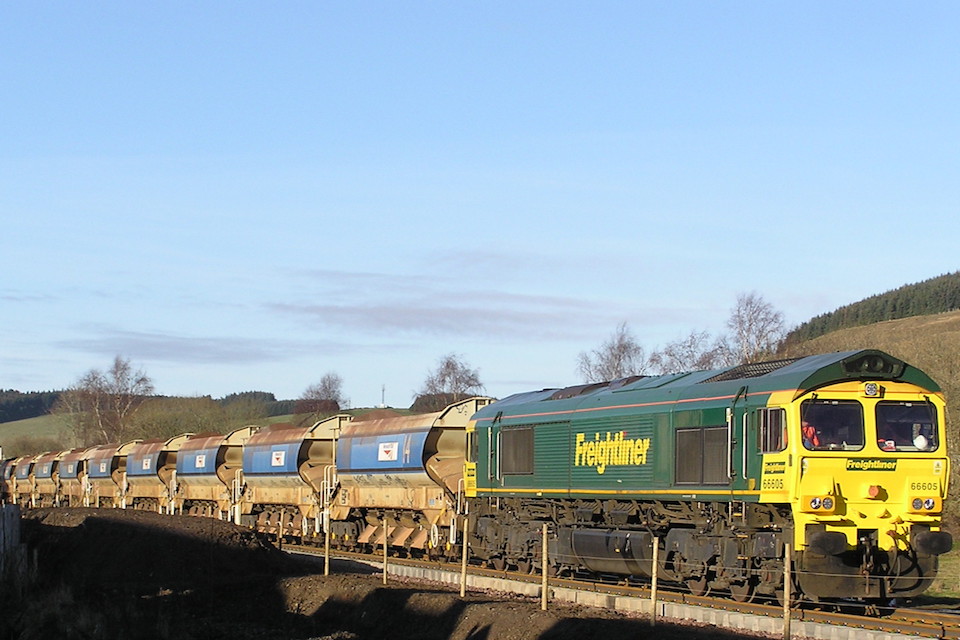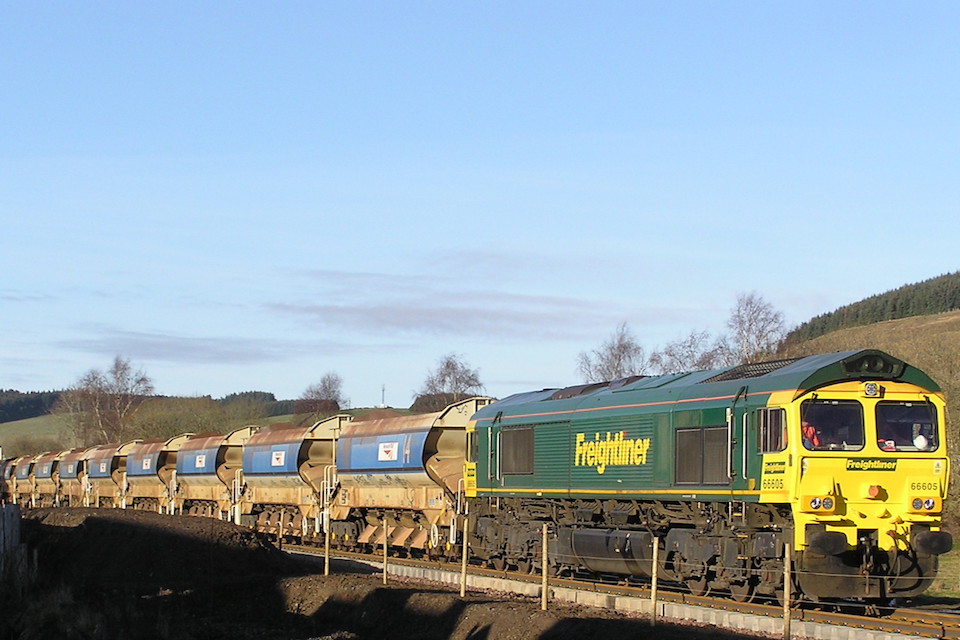Fiona Hyslop, Cabinet Secretary for Transport at the Scottish Government, has spent a week in consultation with the rail freight industry. The minister’s multiple appearances included addressing assemblies in Glasgow at a rail industry seminar and at less fashionable Grangemouth. Keynote speeches delivered a message of support to the rail freight sector. She also delivered an inevitable broadside at the state of the economy and its impact on rail development.
Budget allocation and environmental credentials were the twin pillars of Fiona Hyslop’s keynote addresses to Scotland’s rail freight industry. The Cabinet Secretary for Transport spent much of last week attending a number of high-profile events. Her diary included the Scottish Conference in Grangemouth of the Rail Freight Group, the industry’s representative body. It afforded her an opportunity to see freight development first-hand, with intermodal traffic operating out of the rail terminal within the port complex.
Relations between the Government, rail sector and ports
For the first time since the devolved Scottish Government was convened (in 1999), there is a cabinet minister with the exclusive portfolio responsibility for transport. Highly experienced politician Fiona Hyslop was handed the role just over a month ago. She had previously handled transport affairs as a junior minister. A Government reshuffle elevated the post to full cabinet level for the first time. Last week’s engagements marked a concerted effort to put the rail freight industry in touch with the corridors of power.
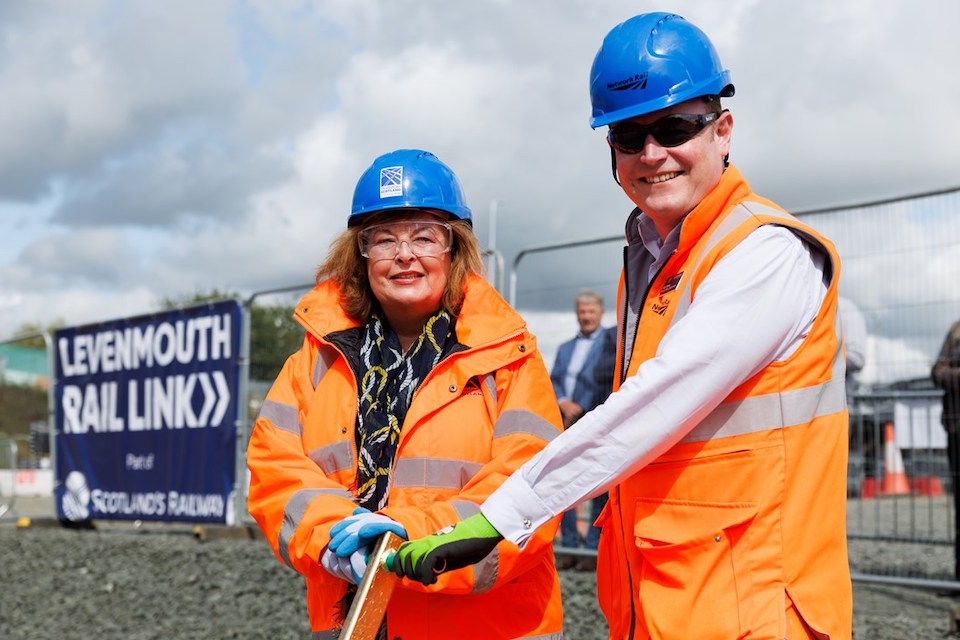
“It continues to be a time of some economic uncertainty,” said the Cabinet Secretary. It is a time of challenges but also of opportunities. I greatly value the relationship between the Scottish Government, the rail freight industry, and the ports.” That inclusion of maritime assets in her speech was particularly relevant to her address to the Rail Freight Group. Their conference was held in Grangemouth, part of the designated Forth Green Freeport. It’s also a growing freight railhead for Central Scotland.
Rail freight applauded, Forth Ports congratulated
The Scottish Government has conferred “Green Freeport” status on two locations in Scotland. One is in the Highlands, centred on Inverness and the Cromarty Firth. The other is in the Forth Green Freeport, which includes a complex of port locations on the tidal River Forth and the campus of Edinburgh Airport. Grangemouth, part of the latter freeport, represents the location with the most active rail infrastructure.
“We know that in Scotland, transport is the biggest emitter of greenhouse gases,” said Fiona Hyslop. We know that more and more businesses are looking to decarbonise their logistics. Rail freight, with its excellent environmental credentials, [provides] a solution. Forth Ports [the largest partner in the Green Freeport] is to be congratulated on its commitment to achieving net zero by 2042. Their suite of projects in this location is to be commended.
Mode Shift Revenue Support suspended
Forth Ports already claim Grangemouth to be the busiest intermodal port in Scotland. Certainly, the hectares of containers, stacked five high, give credence to that claim. The recent modernisation of the rail freight terminal facilities has boosted available capacity. It clearly encourages customers at the port to consider modal shift to rail. That’s all good news for the Cabinet Secretary overseeing the Government’s own green agenda.
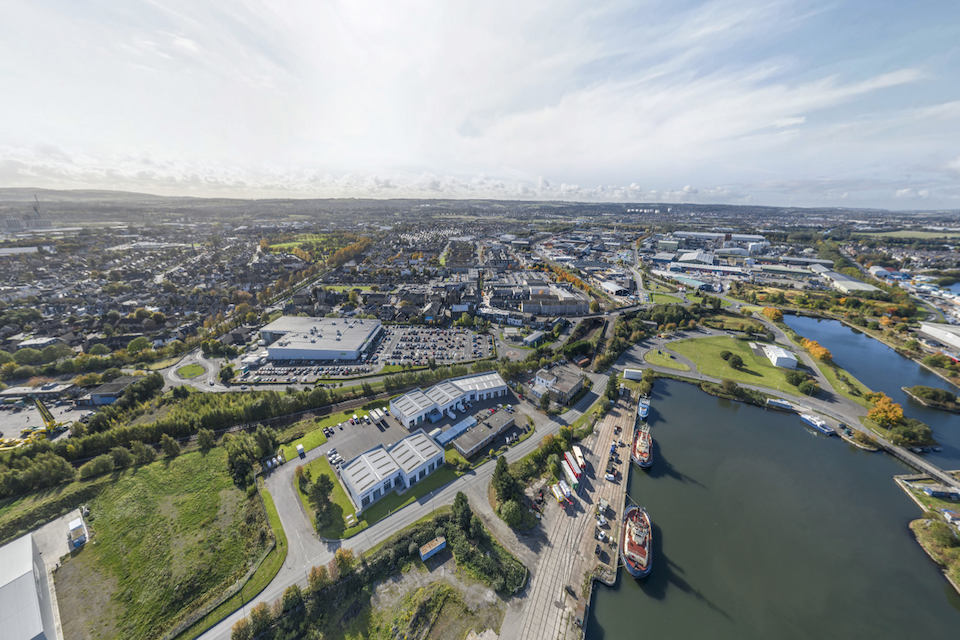
However, there is industry concern over the Scottish Government’s Mode Shift Revenue Support scheme (MSRS). That financial support mechanism is designed to encourage the establishment of rail freight infrastructure. However, MSRS has been suspended amid a stringently restricted budget. The Cabinet Secretary was instead at pains to list the positive aspects of investment in the network, such as last year’s remodelling of Carstairs Junction, which enhanced freight capacity on the West Coast Main Line. However, the MSRS suspension was met with concern from the audience.
Network enhancements benefit freight too
Hyslop pointed to other freight-inspired enhancements, such as the addition of a long passing loop to the Inverness Airport Station project on the line between Inverness and Aberdeen. Nevertheless, Hyslop explained the impact of the complex funding relationship between the UK Government in London, and the devolved parliaments, including Scotland. She said that affected the Scottish budget overall, giving cause for some difficult choices.
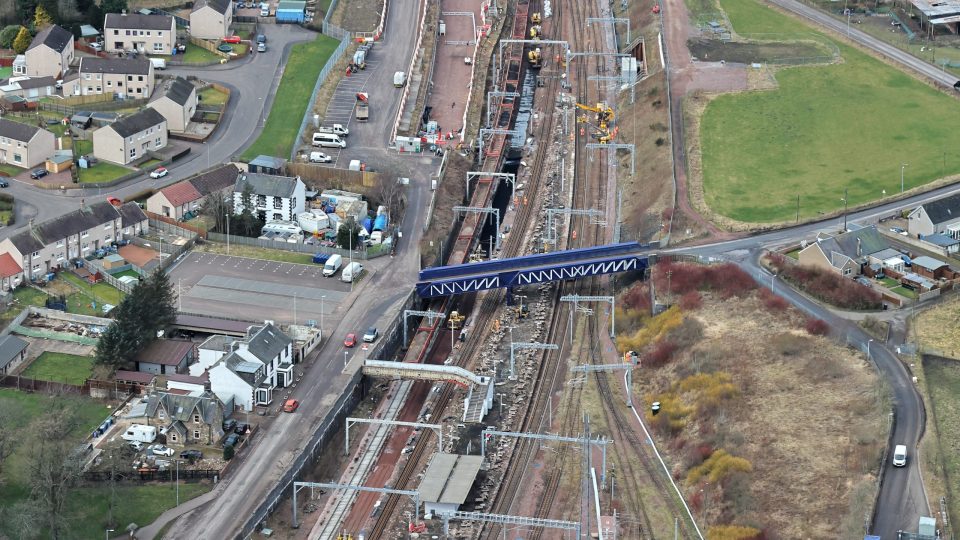
“I absolutely understand the strength of feeling regarding our current budget constraints”, she said. “We still very much value the scheme and the benefits it generates. [However], we had to react to very severe budget pressures. Very difficult decisions were taken in every portfolio. UK ministers prioritised tax cuts over public services. The amount Scotland has to spend is still largely driven by the block grant [allocated by the UK Government], which has fallen in real terms.”
The context of available funding
Fiona Hyslop’s parting comments may not have sat well with the audience. However, she did encourage the industry to become more competitive, citing network enhancements already in the pipeline, including electrification. She cited the Barrhead—Glasgow electrification project. Although it is primarily for passenger services, she said it would be the first step on the way to electrifying the Glasgow and South West route through to Carlisle—a freight alternative to the busy West Coast Main Line.
The Cabinet Secretary stated her support for the rail freight sector and pledged to continue to do so. “We continue to review our programme of works in the context of available funding.” However, the lack of funds for direct support, such as the suspension of the MSRS, remains a concern. Route improvements may still be on the agenda, but grassroots improvements are another matter.
